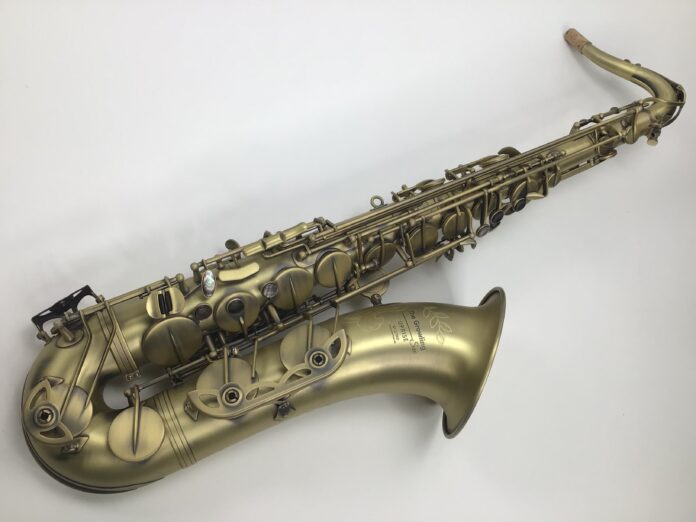The tenor saxophone is a popular member of the saxophone family, often used in jazz and other genres of music. It has a distinct and recognizable sound that many musicians and listeners love. Understanding the different parts of a tenor saxophone is essential for musicians who want to produce the best sound possible. And use this knowledge to buy a stellar piece like the Selmer Paris. And this article will explore the anatomy of a tenor saxophone, including its various parts and functions.
1. The Mouthpiece
The mouthpiece is the saxophone part that the musician places in their mouth to blow air into the instrument. It consists of a reed and a ligature that holds the reed in place. Different types of reeds can be used to achieve different sounds, and the ligature can be adjusted to create a tighter or looser fit, altering the sound produced.
2. The Neck
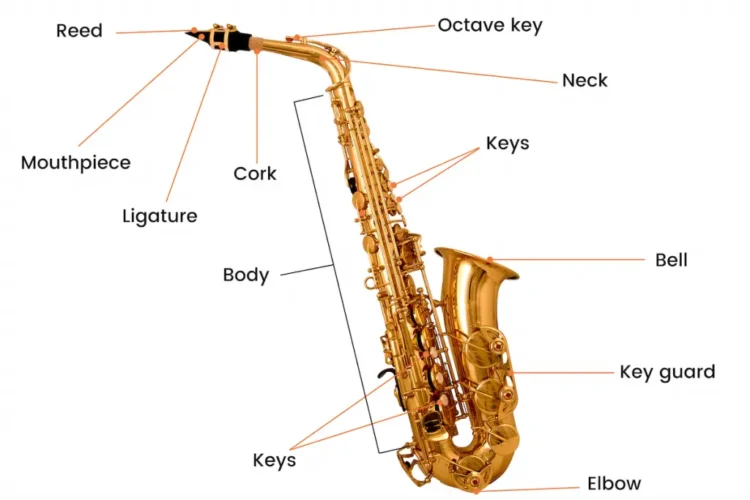
The neck is a critical component of the tenor saxophone, as it plays a significant role in determining the instrument’s sound and playability. The neck is responsible for directing the airflow from the mouthpiece into the body of the saxophone, which creates the characteristic sound of the instrument. As such, the shape and design of the neck can have a significant impact on the tone and playability of the saxophone.
Shape and Design
Tenor saxophone necks come in a variety of shapes and designs, with different lengths, curvatures, and materials used. The most common neck shape is a slightly curved design, which helps to direct the airflow and create a balanced tone. Longer, more curved necks are also available, which can produce a warmer, more mellow sound. The material used to make the neck can also affect the sound produced, with different metals and alloys used to create different tonal characteristics.
Customization and Importance in Personal Style
Many tenor saxophone players choose to customize their necks to suit their individual playing styles and preferences. This can include adjusting the curvature or length of the neck or experimenting with different materials and designs to create a unique sound. The neck is an essential component of the saxophone, and its design can greatly impact the player’s overall experience and sound.
3. The Body
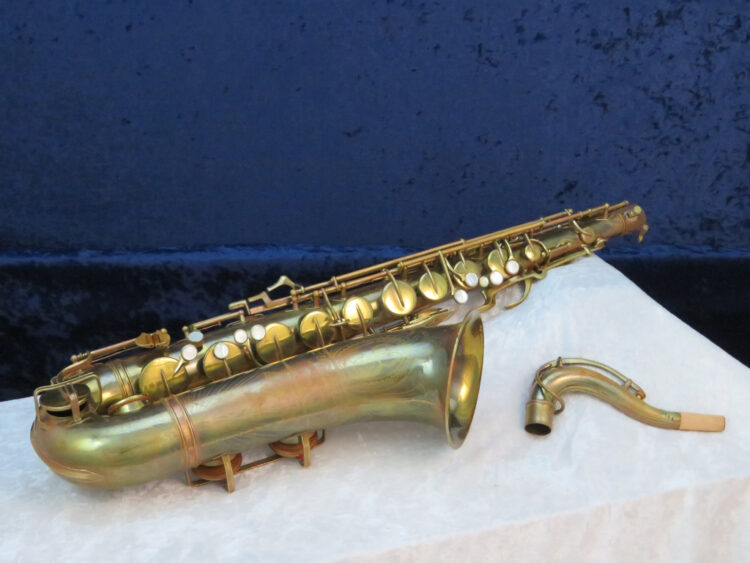
The body of the tenor saxophone is the central part of the instrument and is where the sound is produced. It consists of a cylindrical tube with tone holes and keys. The tone holes are strategically placed to create different notes when covered or uncovered by the musician’s fingers. The keys open and close the tone holes, allowing the musician to play specific notes and create musical phrases.
4. The Bell
The bell is a fundamental component of many musical instruments, including brass instruments, percussion instruments, and some stringed instruments. The bell’s primary function is to amplify the sound produced by the instrument and create a full, rich tone.
Design and Material
Bells are typically made from brass or another type of metal, and they come in a variety of shapes and sizes. The size and shape of the bell can have a significant impact on the sound produced. Larger bells tend to produce a warmer, more rounded tone, while smaller bells create a brighter, more focused sound.
Sound Characteristics
The sound produced by the bell is also affected by the thickness of the metal used to make it. Thicker metal generally produces a more substantial, darker sound, while thinner metal creates a brighter, more shimmering tone. In addition to the size, shape, and thickness of the bell, the way it is constructed can also affect the sound produced. For example, some bells may have a more pronounced flare, which can help to create a wider, more open sound.
Bell Usage
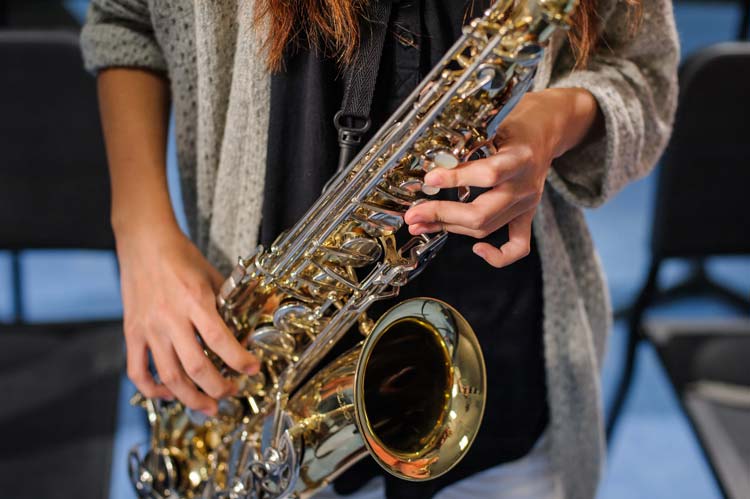
Bells are used in a wide range of musical genres, from classical and jazz to rock and pop. They are essential components of brass instruments, such as trumpets, trombones, and tubas, where the bell is used to amplify and shape the sound produced by the instrument. In percussion instruments, such as bells and chimes, the bell is struck with a mallet to produce a clear, bright sound.
5. The Keys
The keys of the tenor saxophone are responsible for opening and closing the tone holes, allowing the musician to play different notes. The musician presses down on the keys to close the corresponding tone holes, producing a specific note.
The keys are operated by rods, springs, and pads. When the musician presses down on a key, a rod connected to the key is moved, opening or closing a tone hole. The spring attached to the rod returns the key to its original position when released, and the pad on the tone hole prevents air from escaping, allowing the note to be sustained.
6. The Thumb Rest
The thumb rest serves an important function in the ergonomics of playing the tenor saxophone. Providing a comfortable and secure place for the thumb, allows the player to maintain a proper hand position, reduce tension and fatigue, and play for longer periods without discomfort. The thumb rest is typically located on the back of the saxophone, near the lower end of the instrument, and is positioned to allow the player to reach all the keys and play with ease.
Design and Material
Thumb rests come in a variety of shapes and sizes, and are made from different materials such as metal, plastic, or rubber. Some thumb rests are adjustable, allowing the player to customize the angle and position to suit their playing style. The choice of material and design can affect the comfort, durability, and weight of the thumb rest, which can impact the player’s overall playing experience.
Importance in Playing
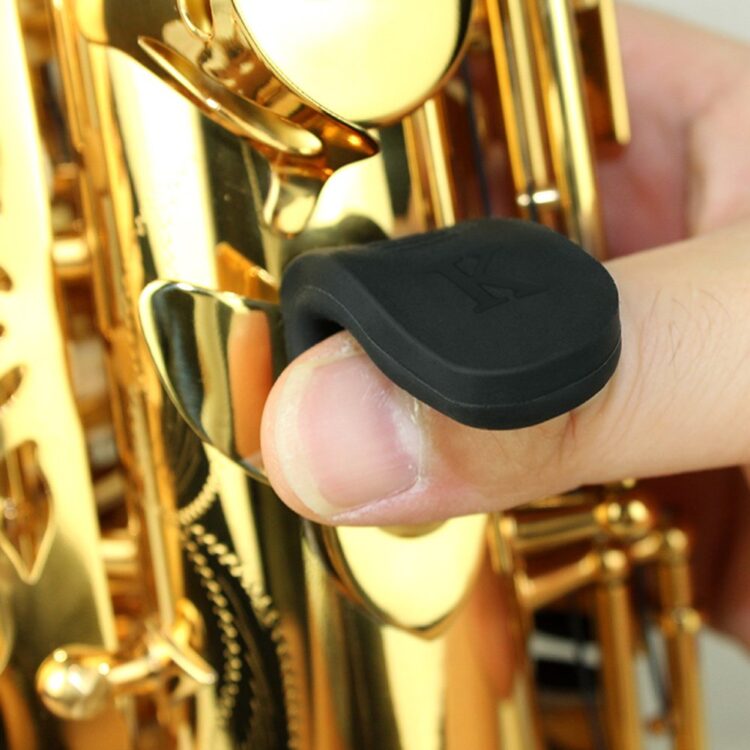
The thumb rest is a critical component for tenor saxophone players, as it can greatly affect their playing ability and comfort level. A well-designed and comfortable thumb rest can help to reduce tension, promote good hand position, and increase playing endurance. In contrast, an uncomfortable or poorly placed thumb rest can cause discomfort, fatigue, and even injury, leading to decreased playing ability and enjoyment.
7. The Ligature
The ligature is the metal or plastic clamp that holds the reed in place on the mouthpiece. It can be adjusted to create a tighter or looser fit, altering the sound produced. Different ligatures can be used to achieve different sounds, with some musicians preferring a tighter fit for a brighter sound and others prefer a looser fit for a more mellow tone.
Understanding the different parts of a tenor saxophone from brands like Selmer Paris is essential for musicians who want to produce the best sound possible. Each part of the instrument plays a specific role in creating the unique and recognizable sound of the tenor saxophone. Each component must work harmoniously to produce the desired sound from the mouthpiece and neck to the body, bell, keys, thumb rest, and ligature.

